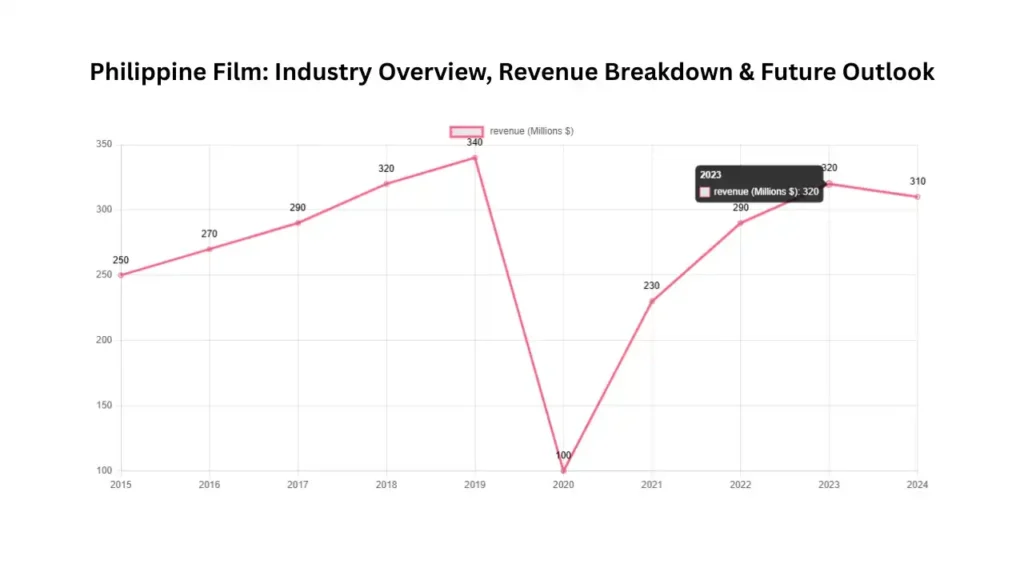Table of Contents
Overview of Italian Cinema
| Feature | Details |
|---|---|
| Industry Name | Italian Cinema / Cinema Italiano |
| Primary Hubs | Rome, Milan, Turin, Bologna, Cinecittà Studios |
| Leading Studios | Cinecittà Studios, RAI Cinema, Cattleya, Lucky Red, Medusa Film |
| Annual Output | 120–150 films per year |
| Key Genres | Drama, Comedy, Historical, Art-House, Thriller |
| Notable Platforms | RAI, Netflix Italy, Amazon Prime, TIMvision, Sky Italia |
| Regulatory Body | Italian Ministry of Culture (MiC), Italian Film Institute |
| International Recognition | Venice Film Festival, Rome Film Festival, David di Donatello Awards |
Italian cinema has a rich cultural legacy that stretches back to the early 20th century. Known for its artistic mastery, iconic directors like Federico Fellini and Sergio Leone, and beloved actors like Sophia Loren and Marcello Mastroianni, Italy has made significant contributions to global film culture. Over the past decade, Italy has continued to create high-quality films while strengthening its position in both European and international markets.
Current Global Position (2024)
As of 2024, Italy ranks #11 in global box office revenue, earning $500 million and holding a 1.6% share of the global film market. While Italy’s film industry is smaller compared to global powerhouses like the U.S. or China, it remains a significant player in European cinema. Italian films have garnered international recognition, particularly for their artistic quality, historical themes, and innovative storytelling.
Business Strategy of Italian Cinema
The business strategy of Italian cinema is shaped by its artistic traditions, government support, and international collaborations:
- Government Support & Tax Incentives: The MiC (Ministry of Culture) offers funding, grants, and tax incentives for both domestic productions and international co-productions.
- Co-Productions: Italy has a history of international co-productions, particularly with other European countries and Hollywood, facilitating both local and international success.
- Streaming Partnerships: Italian filmmakers increasingly partner with global streaming platforms like Netflix and Amazon Prime, which have provided more opportunities for Italian films to reach a wider international audience.
- International Film Festivals: Italy continues to be a central hub for major international festivals, particularly the Venice Film Festival, where Italian films often win prestigious awards and gain international recognition.
- Documentaries & Art-House Films: Italian cinema has a strong tradition of producing high-quality documentaries and art-house films, which continue to find global audiences.
- Digital Expansion: Italy’s cinema is embracing digital technologies for production, distribution, and exhibition, expanding its reach to a more global audience through platforms like RAI and Sky Italia.
Italian Box Office Revenue (2015–2024)
| Year | Revenue (USD) | Global Rank | Highlights |
|---|---|---|---|
| 2015 | $540M | #11 | La Grande Bellezza (Academy Award for Best Foreign Language Film) |
| 2016 | $590M | #11 | Growth in co-productions, Perfect Strangers hits big |
| 2017 | $580M | #11 | Success with Suburra and Call Me by Your Name |
| 2018 | $620M | #10 | International success of Dogman and A Ciambra |
| 2019 | $630M | #10 | The Traitor and The Invisible Man prove popular |
| 2020 | $210M | #14 | COVID-19 impacts box office, but The Ties performs well |
| 2021 | $350M | #12 | Recovery begins with films like Hammamet and The Macaluso Sisters |
| 2022 | $430M | #11 | Siccità and Freaks Out bring audiences back to cinemas |
| 2023 | $480M | #11 | Italian historical films like La Fuggitiva gain traction |
| 2024 | $500M | #11 | Euphoria and A Classic Horror Story gain global reach |
Top Italian Film Stars & Their Net Worth (2024)
| Artist | Profession | Estimated Net Worth (USD) |
|---|---|---|
| Sophia Loren | Actress (Two Women, Marriage Italian Style) | $75M |
| Marcello Mastroianni | Actor (La Dolce Vita, 8½) | $20M |
| Monica Bellucci | Actress (Malèna, The Matrix Reloaded) | $45M |
| Roberto Benigni | Actor, Director (Life is Beautiful, Pinocchio) | $35M |
| Claudia Cardinale | Actress (Once Upon a Time in the West, The Leopard) | $25M |
| Toni Servillo | Actor (The Great Beauty, Gomorrah) | $10M |
| Riccardo Scamarcio | Actor (The Burnt Orange Heresy, John Wick: Chapter 2) | $15M |
| Asia Argento | Actress, Director (Scarlet Diva, The Heart is Deceitful Above All Things) | $8M |
| Luca Zingaretti | Actor (Inspector Montalbano) | $12M |
| Pierfrancesco Favino | Actor (Hammamet, Suburra: Blood on Rome) | $20M |
Italian actors continue to captivate global audiences, especially with their performances in international films, documentaries, and co-productions.
Future Outlook for Italian Cinema
The future of Italian cinema is looking bright, with several emerging trends and opportunities:
- Technological Innovation: Digital filmmaking and virtual production are becoming more important as Italy looks to keep up with global trends.
- International Collaborations: Italian cinema is set to increase co-productions with Europe, the U.S., and Asia, opening doors for wider distribution and broader international success.
- Streaming Growth: The rise of streaming services like Netflix and Amazon Prime is expected to further increase the global reach of Italian films.
- Diversity in Storytelling: There will likely be more focus on diverse narratives, historical themes, and Italian culture in ways that appeal to a global audience.
- Film Festivals: Venice Film Festival will continue to be a key platform for launching Italian films and ensuring their global visibility.
- Youth and Emerging Talent: New generations of filmmakers are expected to bring fresh perspectives and innovative techniques to Italian cinema, potentially revolutionizing the industry.
By 2030, Italy’s film industry will likely experience more growth and recognition through its diverse content, streaming success, and international partnerships, while maintaining its artistic legacy.
Sources:

